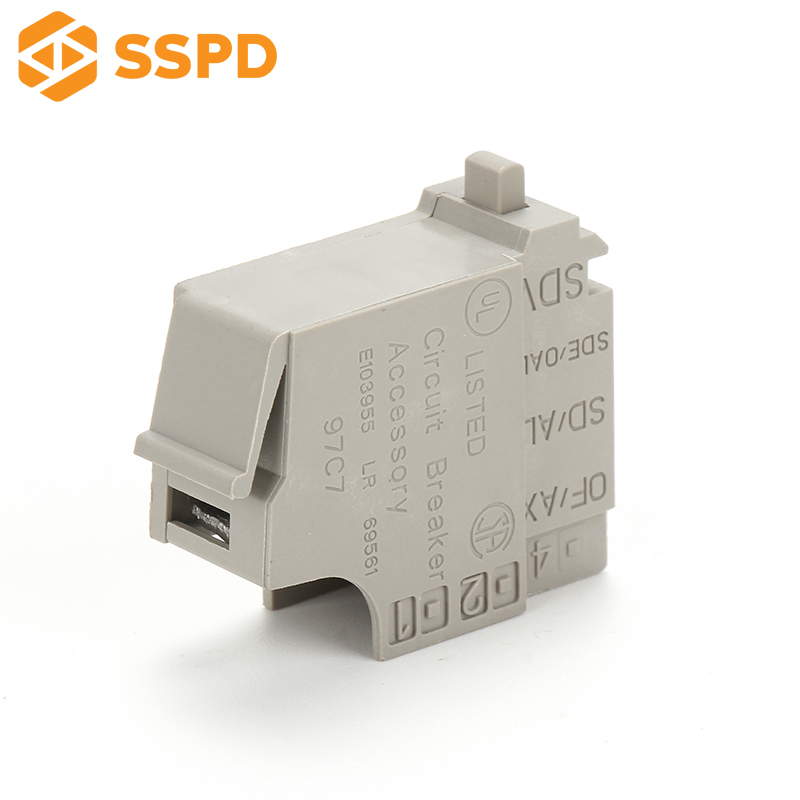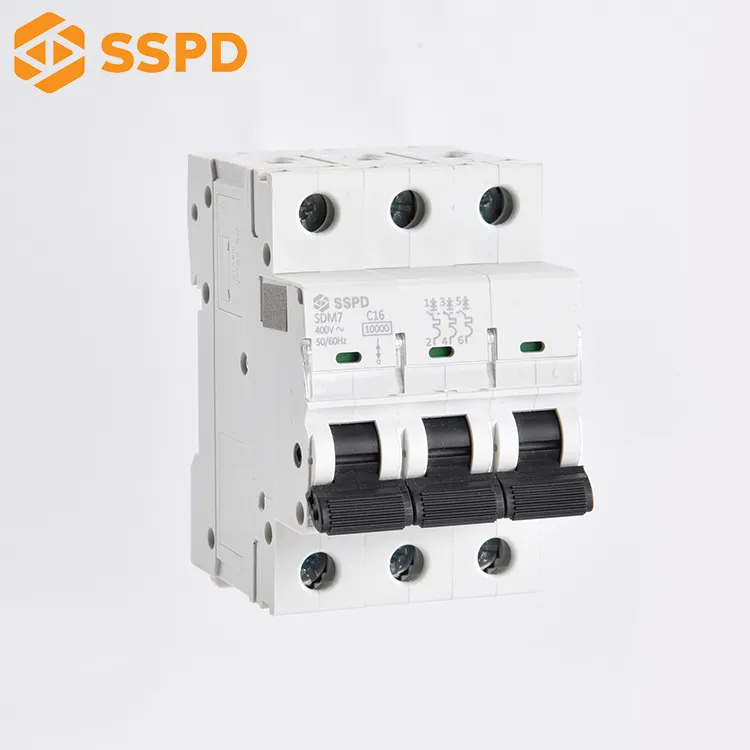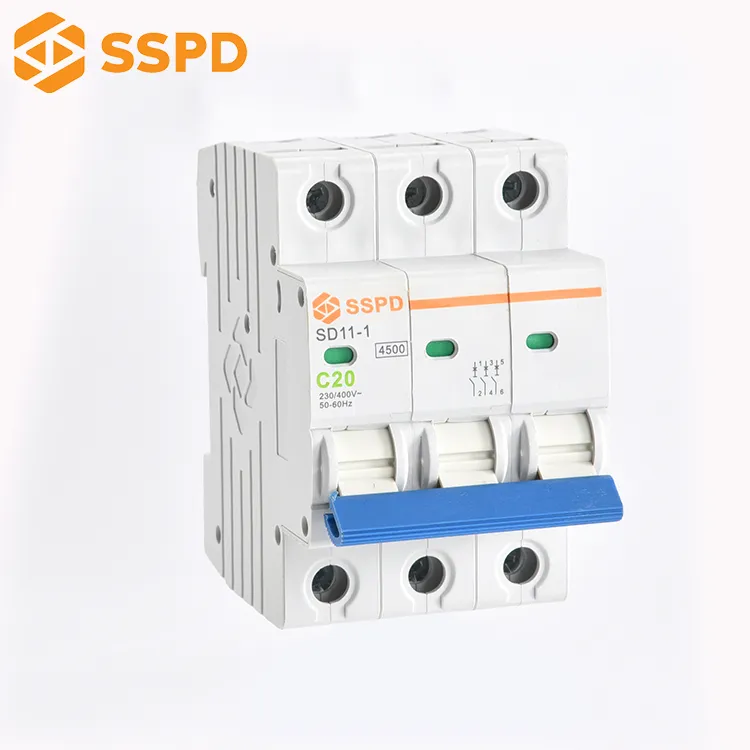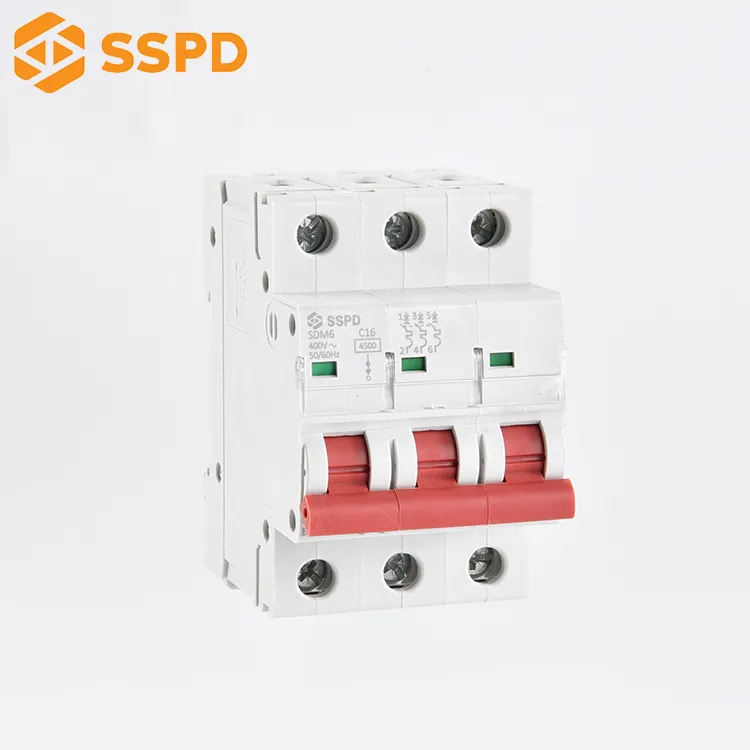Why is a Motor Protection Circuit Breaker essential?
Motors running without adequate protection risk severe damage from overloads and short circuits. This causes operational downtime, costly repairs, and productivity loss. MPCBs offer reliable protection solutions.
What Exactly is a Motor Protection Circuit Breaker?
A Motor Protection Circuit Breaker (MPCB) is a specialized electrical device designed to protect motors from overloads, short circuits, and phase faults. MPCBs combine thermal and magnetic trip units to automatically interrupt electrical supply, preventing motor damage and ensuring operational continuity.
Motor Protection Circuit Breakers have become crucial for industries that rely heavily on motors. Understanding their functionality will greatly enhance motor performance and longevity.

How does a Motor Protection Circuit Breaker differ from a regular circuit breaker?
While traditional circuit breakers are general-purpose protective devices, MPCBs are specifically tailored for motor protection. Regular breakers typically safeguard general electrical circuits, but MPCBs are uniquely designed to handle the characteristics of motor loads. Motors exhibit specific behaviors such as high startup currents (inrush current), sustained running currents, and sensitivity to phase imbalance—conditions that standard breakers may misinterpret, causing frequent nuisance trips or insufficient protection.
MPCBs address these issues effectively by providing finely tuned protection through adjustable settings for thermal overload and instantaneous magnetic trips. This capability ensures motors operate safely within predefined parameters, enhancing reliability and reducing downtime.
What are the primary features of MPCBs?
MPCBs provide a variety of specific protections that make them indispensable in motor control applications:
Thermal Overload Protection: Utilizes a bimetallic element sensitive to current-induced heating. If sustained overcurrent occurs, this element heats and bends, activating the MPCB’s trip mechanism. This prevents motors from overheating, reducing damage risk significantly.
Magnetic Short-Circuit Protection: Contains a magnetic trip coil reacting instantly to very high currents, typically seen in short-circuit situations. Quick interruption avoids catastrophic damage to both the motor and the electrical system.
Phase Failure Protection: Some MPCBs include phase-loss protection, which detects the absence or imbalance of voltage in multi-phase systems, preventing motors from operating under harmful conditions.
These key features make MPCBs comprehensive protective devices, uniquely suited to motor control.
What types of MPCBs are available on the market?
Several types of MPCBs exist, distinguished by their technology and application characteristics:
Thermal-Magnetic MPCBs
The most common type, thermal-magnetic MPCBs combine both thermal and magnetic protection. Ideal for standard industrial motors, they offer reliable, affordable, and straightforward motor protection.
Electronic MPCBs
These advanced MPCBs employ microprocessor-controlled electronics, allowing highly accurate, programmable protection settings and advanced diagnostic functions. Ideal for sensitive applications requiring precise motor monitoring, they also provide data logging and remote status indication.
Manual Motor Starters
Manual motor starters incorporate a manual operating switch integrated with protective elements, commonly used for smaller motors. These starters offer simplicity and easy manual reset capability after tripping.
Choosing the appropriate MPCB depends on factors like motor size, application complexity, and system monitoring requirements.
How to properly select the correct MPCB rating for your motor?
Selecting the appropriate MPCB rating is critical and involves considering several factors:
Motor Full Load Current (FLC): Match MPCB rated current slightly above the motor’s full load current to prevent nuisance tripping while ensuring adequate protection.
Motor Service Factor: Choose an MPCB that accommodates the motor’s service factor to handle temporary overload conditions without unnecessary trips.
Starting Current (Inrush Current): MPCBs must handle motor startup currents; selecting the appropriate trip class (Class 10, 20, or 30) ensures accurate response to initial current spikes.
System Fault Current (Breaking Capacity): Ensure the MPCB’s interrupting rating exceeds the potential short-circuit current available at installation locations for safe operation.
Evaluating these factors will lead to selecting a properly rated MPCB, offering optimal protection and reliability for motor-driven equipment.
How do MPCBs enhance safety and operational efficiency?
MPCBs significantly improve safety and operational efficiency in industrial and commercial applications:
Preventing Motor Damage: MPCBs quickly identify and disconnect faulty conditions, reducing costly motor repairs or replacements.
Reducing Downtime: Precise and adjustable protection settings reduce nuisance tripping, ensuring consistent operation and fewer interruptions.
Enhancing Operator Safety: Immediate circuit interruption in fault scenarios minimizes hazards such as electrical fires or shocks, enhancing workplace safety.
Simplified Maintenance: With clear indicators of breaker status and manual reset capability, MPCBs streamline troubleshooting and restoration procedures.
Integrating MPCBs into motor management strategies significantly boosts overall productivity, safety, and reliability of electrical systems.
What are typical applications of Motor Protection Circuit Breakers?
MPCBs are extensively used in diverse applications, demonstrating their versatility and reliability:
Industrial Machinery: Protecting motors in conveyors, pumps, compressors, and fans to ensure uninterrupted manufacturing processes.
HVAC Systems: Ensuring safe and efficient operation of blower motors, chillers, and other climate control equipment.
Agricultural Equipment: Safeguarding irrigation pumps and motorized agricultural equipment, promoting reliable operations.
Water Treatment Plants: Protecting motors in pumps and mixers, reducing equipment failure and downtime in critical infrastructure.
Commercial Facilities: Enhancing protection for elevators, escalators, ventilation systems, and refrigeration units, supporting business continuity.
These varied applications highlight the essential role MPCBs play in modern electrical management.
Summary
Motor Protection Circuit Breakers effectively prevent costly motor damage, enhance operational reliability, and improve workplace safety by providing specialized, adjustable protection.
Why Choose Shendian Electrical for Your Motor Protection Circuit Breaker Needs?
Shendian Electrical is an industry-leading supplier and manufacturer of Motor Protection Circuit Breakers. Offering advanced, reliable, and customizable solutions, Shendian ensures optimal motor protection tailored to your specific needs.









